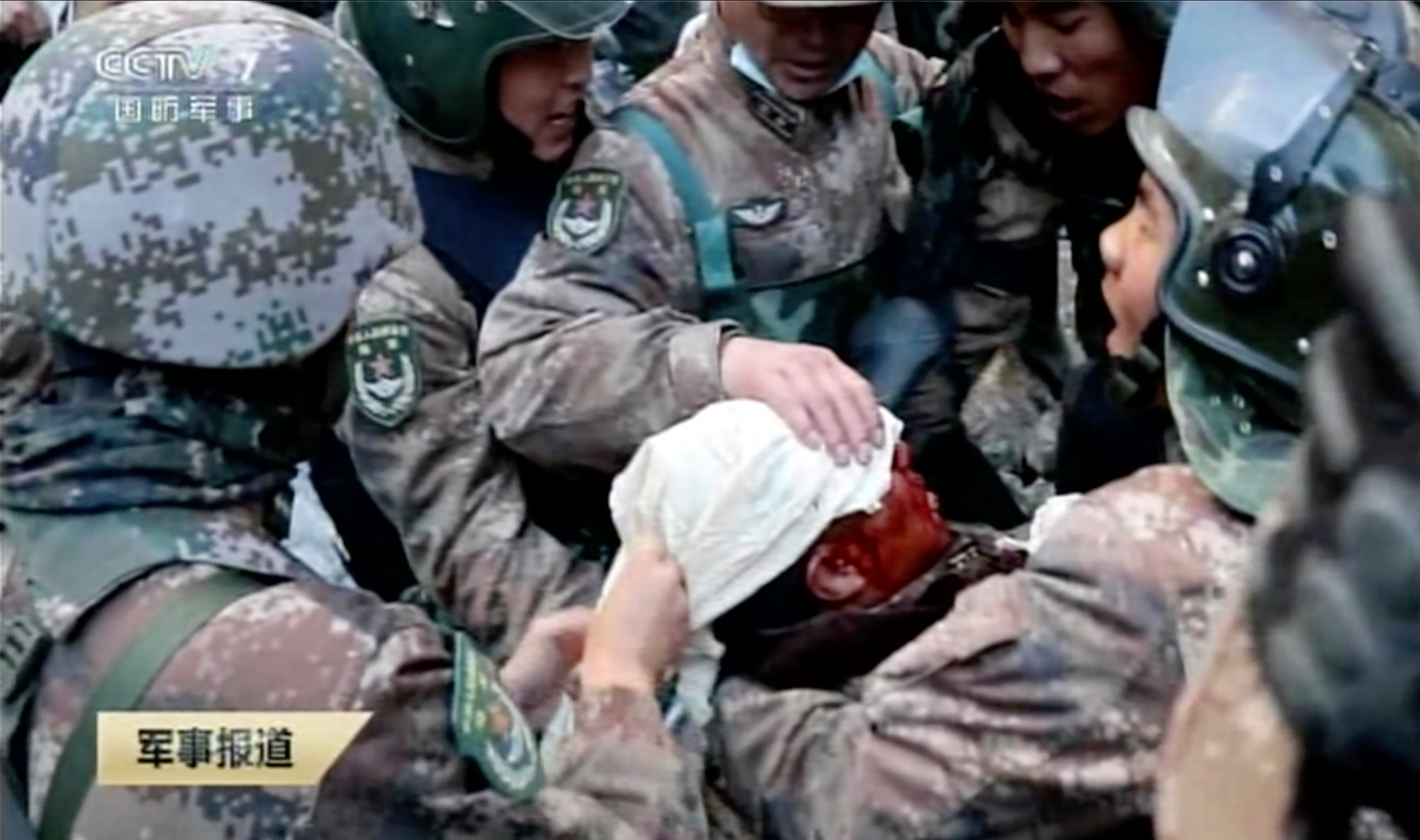China, India urge further measures to ease border tensions
The foreign ministers of China and India are urging further steps to stabilize tensions along their disputed border following the pullback of forces from an area where a deadly clash broke out last summer

Your support helps us to tell the story
From reproductive rights to climate change to Big Tech, The Independent is on the ground when the story is developing. Whether it's investigating the financials of Elon Musk's pro-Trump PAC or producing our latest documentary, 'The A Word', which shines a light on the American women fighting for reproductive rights, we know how important it is to parse out the facts from the messaging.
At such a critical moment in US history, we need reporters on the ground. Your donation allows us to keep sending journalists to speak to both sides of the story.
The Independent is trusted by Americans across the entire political spectrum. And unlike many other quality news outlets, we choose not to lock Americans out of our reporting and analysis with paywalls. We believe quality journalism should be available to everyone, paid for by those who can afford it.
Your support makes all the difference.The foreign ministers of China and India are urging further steps to stabilize tensions along their disputed border following the pullback of forces from an area where a deadly clash broke out last summer.
Chinese Foreign Minister Wang Yi told his Indian counterpart, S. Jaishankar, on Thursday that the disengagement by front-line troops had “significantly eased the situation” and that now is the time to maintain the momentum of consultations, build trust and “achieve peace and tranquility in the border areas,” his ministry said.
In a statement Friday, Indian foreign ministry spokesperson Anurag Srivastava said the two sides "should now quickly resolve the remaining issues” along the Line of Actual Control high in the mountainous Ladakh region. He said that with their forces disengaging at friction points, “the two sides could also look at broader de-escalation of troops in the area and work towards restoration of peace and tranquility."
China said last week that four of its soldiers were killed in the June 2020 clash, the first time Beijing has publicly conceded its side suffered casualties. The fighting was the deadliest incident between the Asian giants in nearly 45 years.
Immediately after the June 2020 clash on a high ridge in the Ladakh region’s Galwan Valley, India announced it had lost 20 of its soldiers in a battle in which fists, clubs, stones and other improvised weapons were used to avoid a firefight.
That led to multiple rounds of talks, and a breakthrough appeared to have been achieved at a September meeting between the two ministers in Moscow.
Troops began to withdraw on Feb. 10 from the southern and northern banks of Pangong Lake and have pulled back to the positions they held prior to the start of tensions last year. Troops reportedly remain in a standoff in Depsang and at least two other places, Gogra and Hot Springs.
Each side accused the other of instigating the violence, which has further strained a difficult relationship dating partly from a 1962 border war. The fiercely contested Line of Actual Control stretches from Ladakh in the west to India’s eastern state of Arunachal Pradesh, which China claims in its entirety.
___
Associated Press writer Ashok Sharma in New Delhi contributed to this report.
Subscribe to Independent Premium to bookmark this article
Want to bookmark your favourite articles and stories to read or reference later? Start your Independent Premium subscription today.